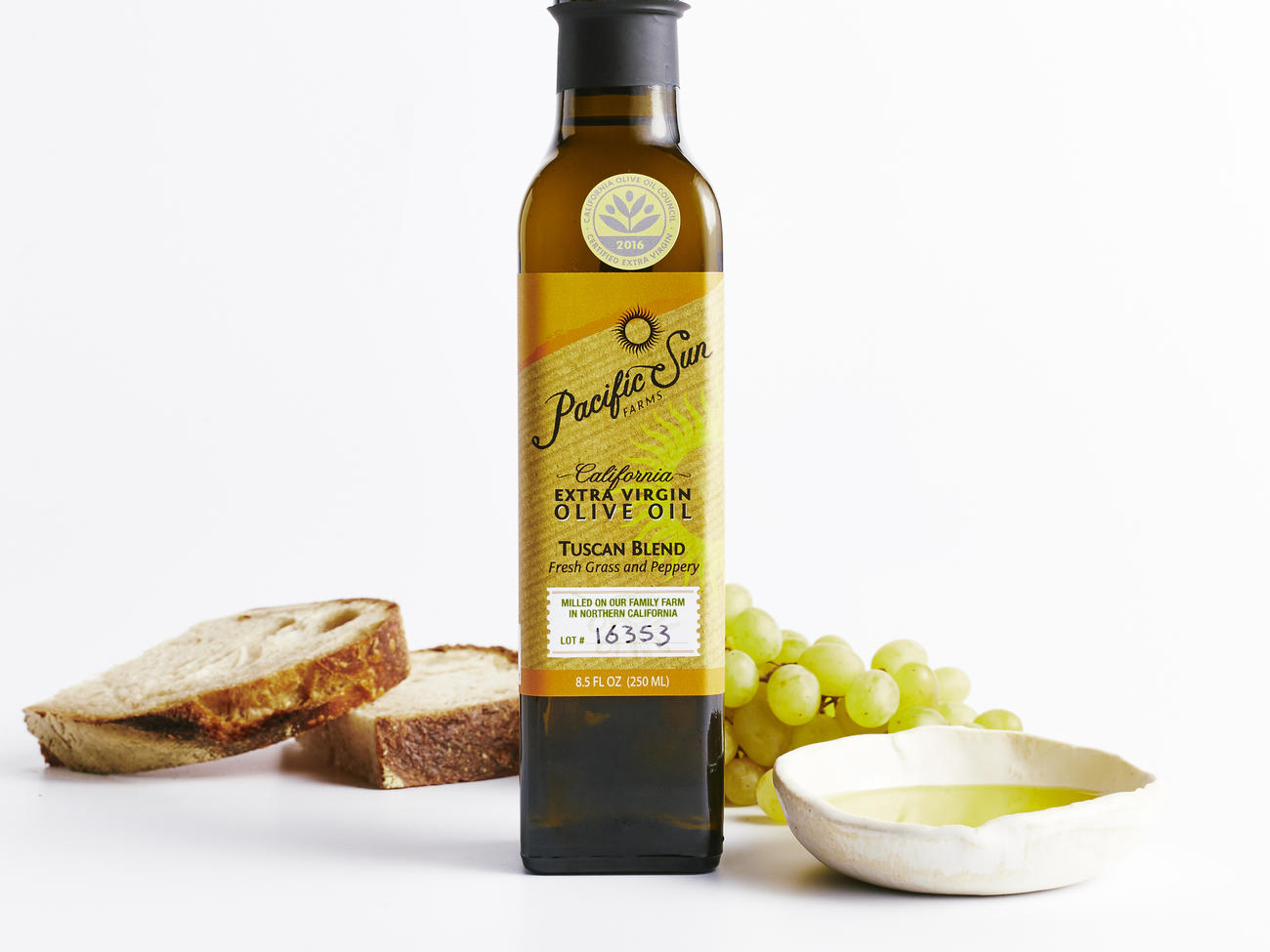
How to Choose the Best Olive Oil
Learn the lingo of olive oil labels to identify the best

After salt and pepper, extra-virgin olive oil—especially California extra-virgin olive oil—is the ingredient we can’t do without in the Sunset Test Kitchen. To help us choose among hundreds of Golden State oils, we sat down with a pro—Linda Sikorski, senior buyer at Market Hall Foods, a specialty foods store in Oakland, California.
